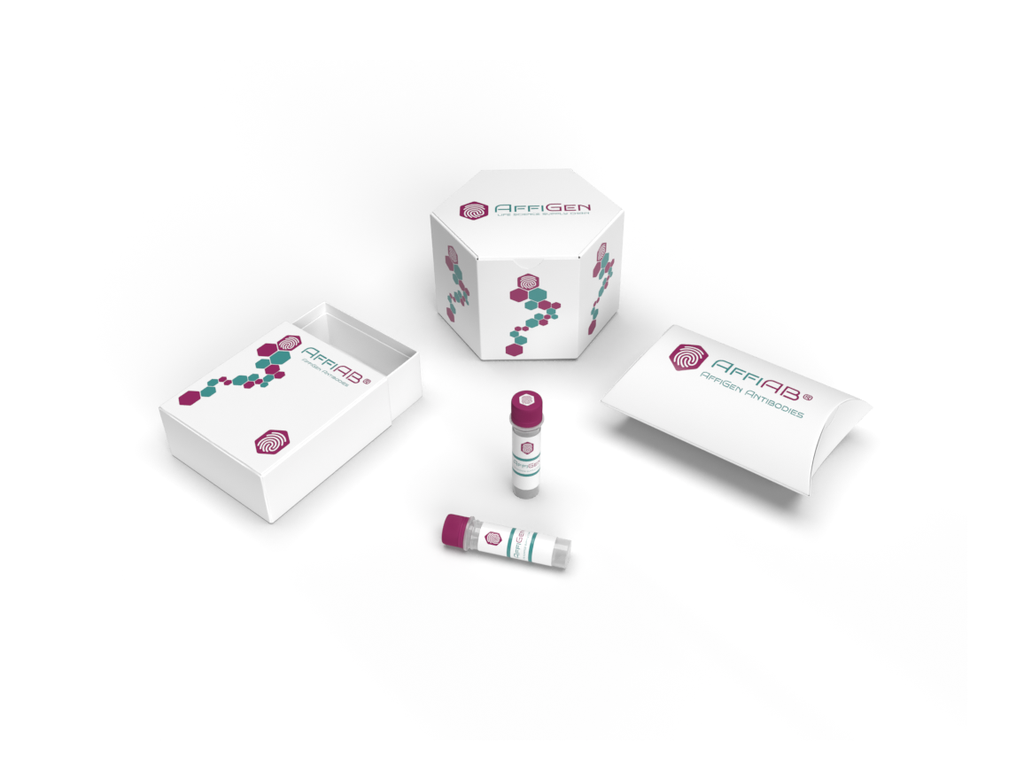AffiAB® Anti-NADPH oxidase 4 Antibody
The superoxide-generating NADPH oxidase includes a membrane-bound flavocytochrome containing two subunits, gp91-phox and p22-phox, and the cytosolic proteins p47-phox and p67-phox. During activation of the NADPH oxidase, p47-phox and p67-phox migrate to the plasma membrane where they associate with the flavocytochrome, cytochrome b558, to form the active enzyme complex. The p22 and gp91-phox subunits also function as surface O2 sensors that initiate cellular signaling in response to hypoxic conditions. Nox4 (also known as Renox) is a renal gp91-phox homolog highly expressed at the site of erythropoietin production in the proximal convoluted tubule epithelial cells of the renal cortex. Nox4 is also expressed in fetal tissues, placenta, glioblastoma and vascular cells. Like gp91-phox, the enzymatic activity of Nox4 produces superoxide anions. In vascular cells, the addition of Angiotensin II increases Nox4 expression, which suggests a role for Nox4 in vascular oxidative stress response. The gene encoding human Nox4 maps to chromosome 11q14.2-q21
Antibody type
Rabbit polyclonal Antibody
Uniprot ID
SwissProt: Q9NPH5 Human
Recombinant
NO
Conjugation
Non-conjugated
Host
Rabbit
Isotype
IgG
Clone
N/A
KO/KD
N/A
Species reactivity
Human, Mouse, Rat
Tested applications
IF-Cell, IHC-P, FC
Predicted species reactivity
N/A
Immunogen
Synthetic peptide within residues of NADPH oxidase 4 aa 529-578 / 578.
Storage
Store at +4°C after thawing. Aliquot store at -20°C or -80°C. Avoid repeated freeze / thaw cycles.
Form
Liquid
Storage buffer
1*PBS (pH7.4) , 0.2% BSA, 40% Glycerol. Preservative: 0.05% Sodium Azide.
Concentration
1 mg/mL.
Purity
Immunogen affinity purified.
Signal pathway
Cardiovascular, Alzheimer disease
Recommended dilutions
IF-Cell: 1:50-1:200; IHC-P: 1:50-1:200; FC: 1:10-1:100
Molecular Weight
N/A
Subcellular location
Cell membrane, Nucleus
Positive control
HepG2, 293T, Hela, human kidney tissue, mouse kidney tissue.
